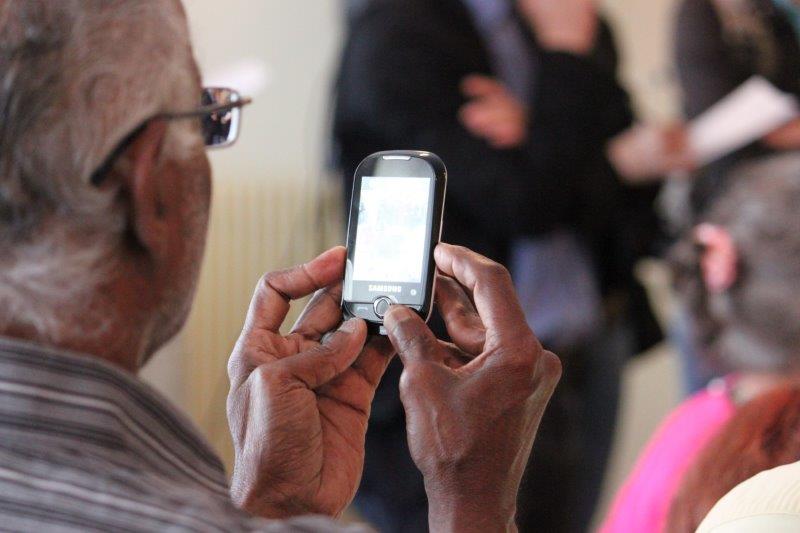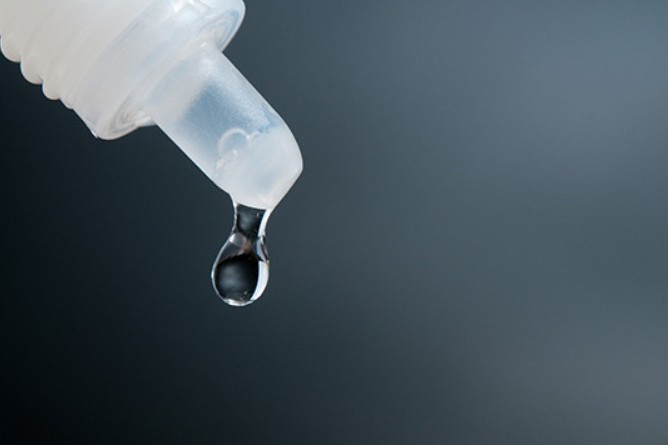Positive results for eye disease home monitoring app
A Swiss study of 73 eyes and 56 patients with age-related macular degeneration (AMD) and/or diabetic macular oedema (DMO) has demonstrated a false-positive rate of just 6.1% when using home monitoring of hyperacuity using a smartphone app.
Led by Professor Lucas Bachmann for the Medical Retina Service of the Eye Clinic of the Cantonal Hospital Lucerne, study patients receiving anti-angiogenic therapy used Oculocare’s Alleye mobile app test to track disease progression.
During the Covid-19 pandemic, home monitoring has become a vital tool for reducing face-to-face contact, but false positives can place unnecessary burden on healthcare professionals, wrote researchers in Eye, the official journal of the UK Royal College of Ophthalmologists.
“With the low threshold set of three consecutive red results deemed as a positive test result or ‘alarm’, home monitoring of hyperacuity showed a reassuringly low false alarm rate.” These results suggest that Alleye and Genentech’s myVisiontrack (mVT) offer reliable adjunct monitoring of disease progression and an improvement on the paper-based Amsler grid, whose accuracy is more susceptible to user error, thus reducing the frequency of eye clinic appointments, concluded researchers. “These findings indicate that home monitoring is a useful adjunct to telemedicine in the remote management of patients with nvAMD and DMO.”


























